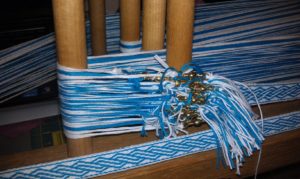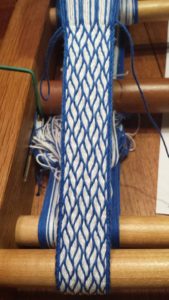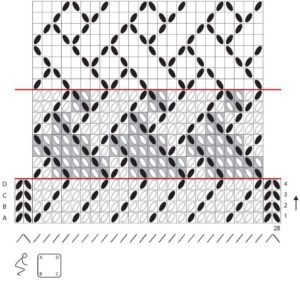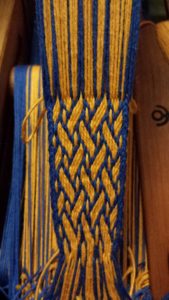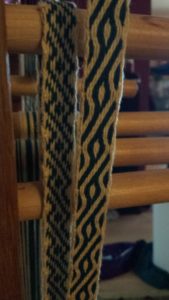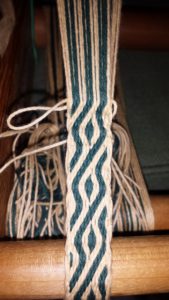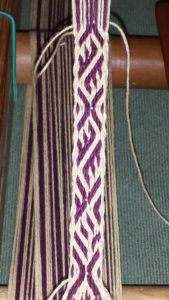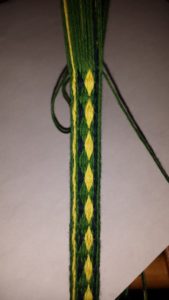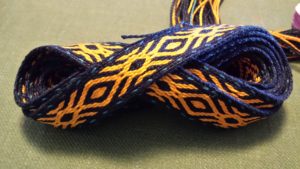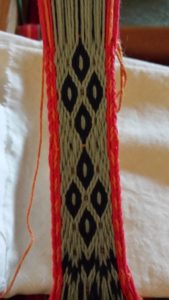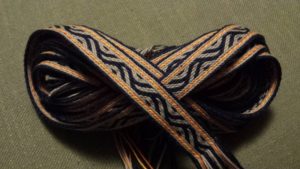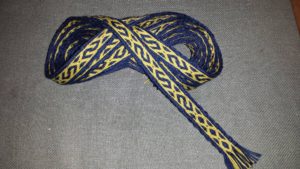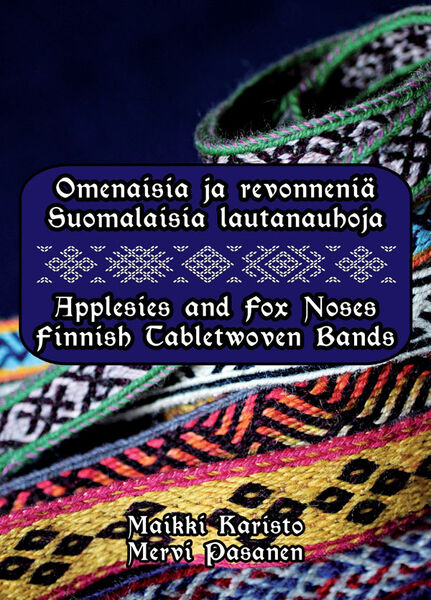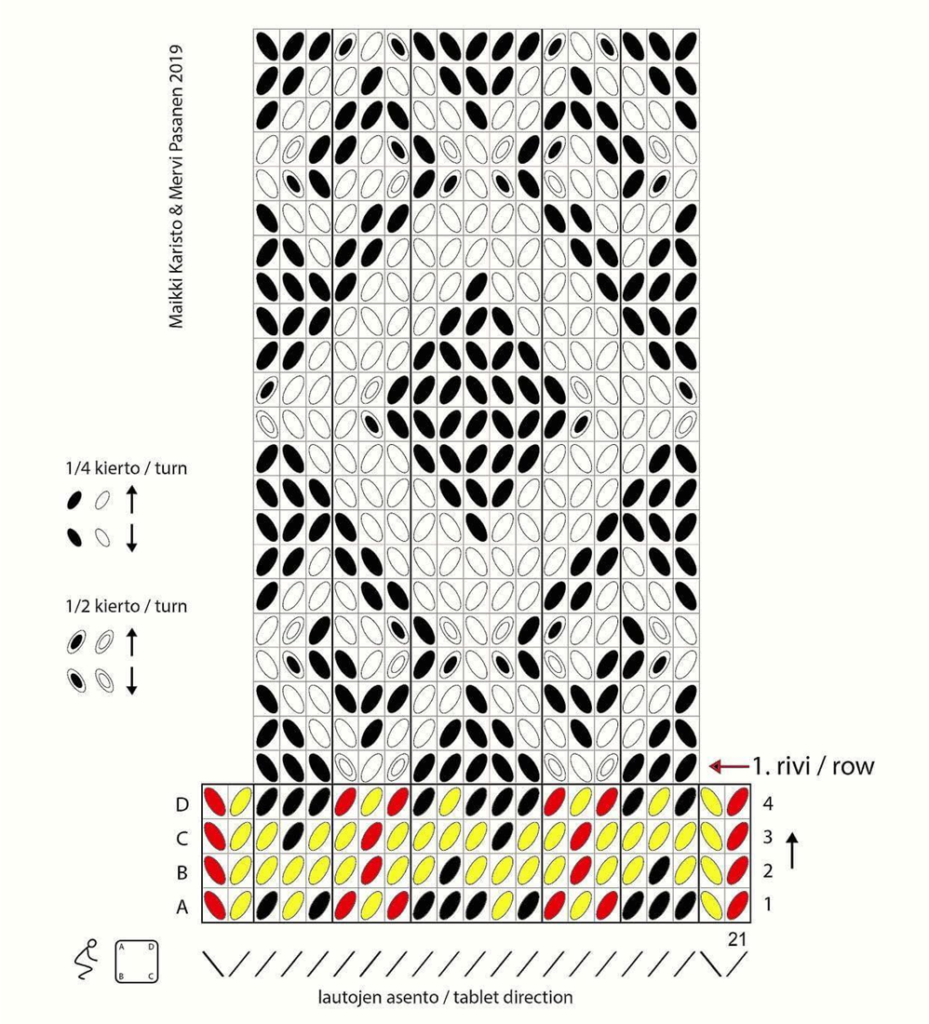
This is a lovely 11th century piece with some half-turns included, which are indicated by the ovals inside the ovals.
· Humikkala is a little town about 20 minutes northwest of Turku, Finland. Built around 1490-1510, the Masku Church and surroundings represents one of the oldest parishes in Western Finland. dedicated to John the Baptist and St. Ursula. Next to the church is the Masku Museum, founded in 1974, which has a collection of finds from the local area. Near the church, researchers found an Iron Age burial ground. The Humikkala cemetery, called the “hill of corpses” is on a hillside next to the Masku church. There were 49 inhumation graves found here, and this fragment came from grave 32. Like others, this find is dated to 1000-1100.
· A note about the identification of finds at these anthropological digs. While I couldn’t find the specific item number for THIS piece, I did find one for another one in the neighboring grave. This item was given the code KM 8656: H32:18 ; KM is Kansallismuseo = National Museum of Finland; the number 8656 identifies the dig site for the Humikkala findings, H means hauta = grave, 31 is the number of the grave, and 18 is the object number in that grave. Having these identifying numbers helps a great deal when you are looking for more information from the museums that store these finds. This piece was actually found in grave 32 (H32), so we know that the item code would start KM 8656: H32… I’m still looking for the item number on this guy…but having that much information narrows down the search tremendously.
Seija Sarkki researched it in the 1970´s publishing a book in 1979 called “Suomen ristiretkiaikaiset nauhat” or The Finnish Crusades.
Volume 18 of Helsingin Yliopiston arkeologian Laitos. Moniste
Moniste (Helsingin Yliopiston Arkeologian Laitos)
Volume 18 of Moniste / Helsingin yliopiston arkeologian laitos, ISSN 0355-1881 ISBN 9514516281, 9789514516283
Sarkki, S. (1979). Suomen Ristiretkiaikaiset Nauhat. Arkeologian Laitos. Helsinki, Helsingin Yliopisto.
Sarkki was not a weaver and had a unique way to translating the textiles by trying to figure out how they were woven, and Maikki Karisto, co author of Tablet-Woven Treasures and Applesies and Fox Noses, took her drawings and created patterns from them. This proved to be challenging for Maikki and Mervi Pasanen; the pattern above is the result of that reconstruction.
I hope you enjoy weaving this piece as much as I did! It’s got a lovely texture to it and will be a gorgeous addition to your medieval kit!
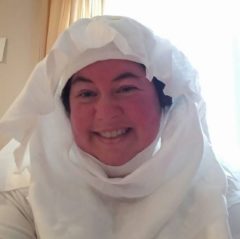



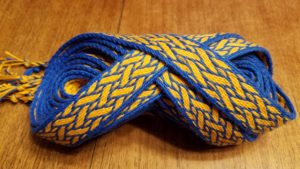


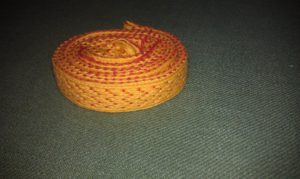
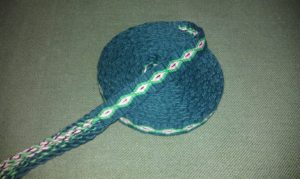
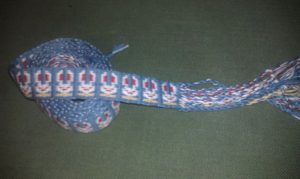
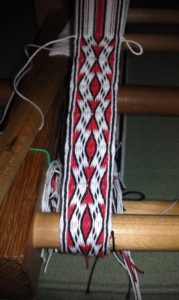
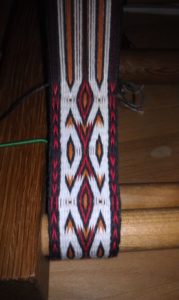 Variation of the Loomy Bin pattern
Variation of the Loomy Bin pattern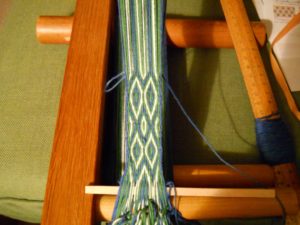 From EQoS on Deviant Art
From EQoS on Deviant Art
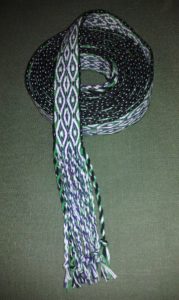
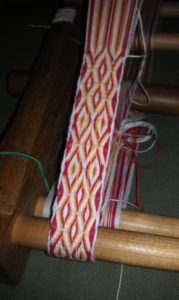
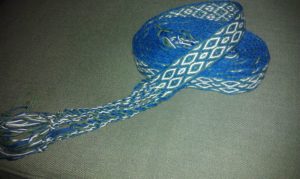
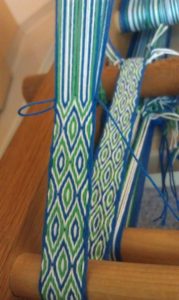
 Gorgeous in RED!
Gorgeous in RED!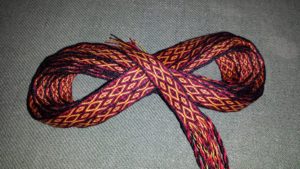

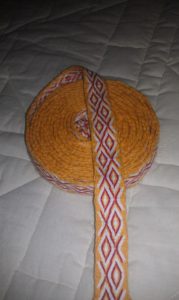

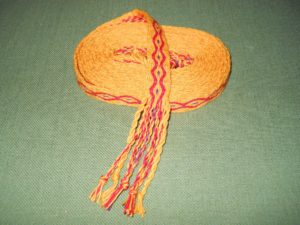
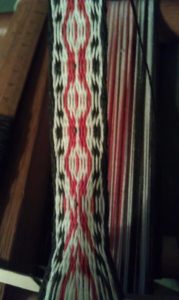 I think I made this one up. Meh.
I think I made this one up. Meh.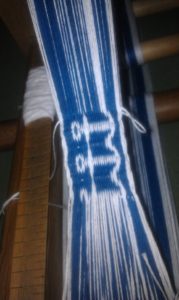
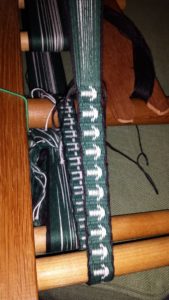

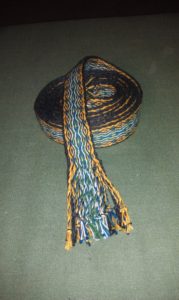
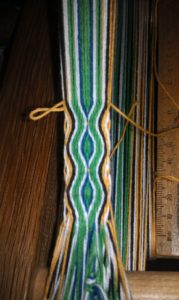 A better pattern of An Tir and AQ colors.
A better pattern of An Tir and AQ colors.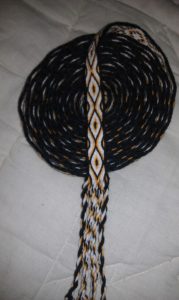 Another with An Tir colors only
Another with An Tir colors only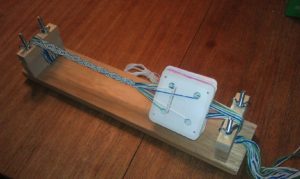
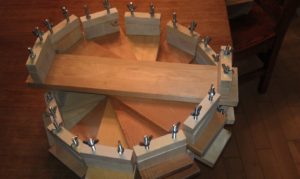
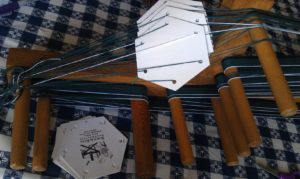
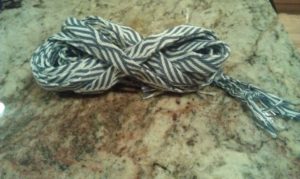
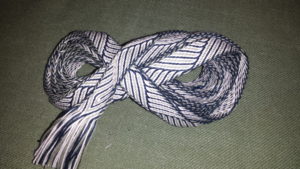
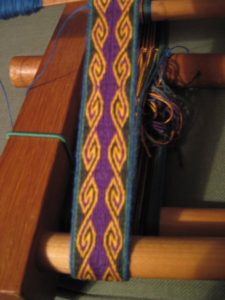
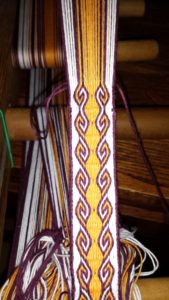
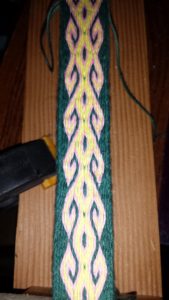 Small test piece….just a bookmark.
Small test piece….just a bookmark.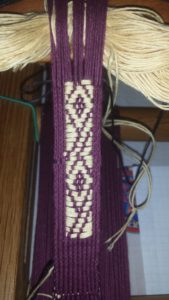
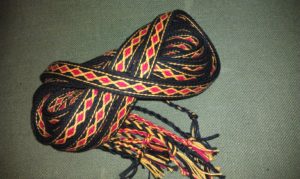
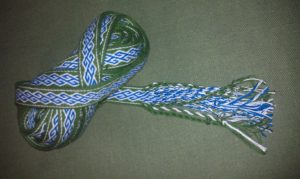

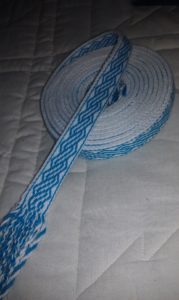 Anglo-Saxon 6d
Anglo-Saxon 6d